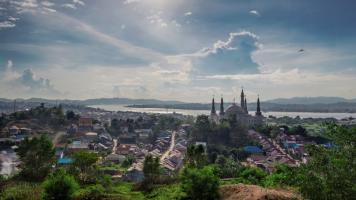
News
Building a Green and Smart City in Indonesia’s New Capital
The capital will be relocated to an area covered by BIMP-EAGA where it could help drive the subregion’s development and growth.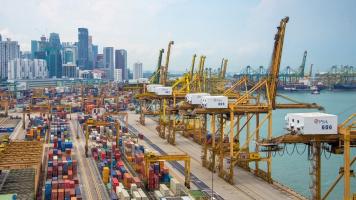
News
ASEAN Makes Good Progress in Reducing Trade Costs, Says UN Survey
The average implementation rate in ASEAN is 79%, higher than the Asia–Pacific regional average of 64.9%.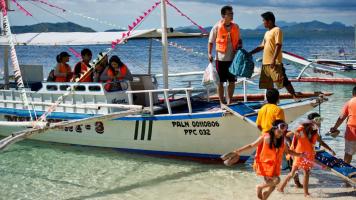
Article
Have Passport, Will Travel—Sustainably
Sustainable options for travelers wanting to explore BIMP-EAGA are just a click away.
Article
Philippines’ #SafeTripPH Campaign Extols Travel Can Still Be Fun Despite COVID-19
Tourism authorities in the Philippines caution travelers to check safety protocols and travel requirements for every destination they want to visit.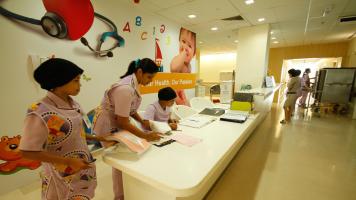
News
ADB Supports Equity Investments in Southeast Asia
Investments in private equity funds Creador V and Northstar V will help create jobs, improve services, and foster good corporate governance.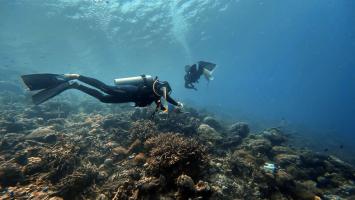
News
Countries in East Asia Commit to Green Recovery and Healthy Oceans
The virtual 7th East Asian Seas Ministerial Forum endorsed a roadmap to 2030 that is anchored on sustainability and blue economy principles.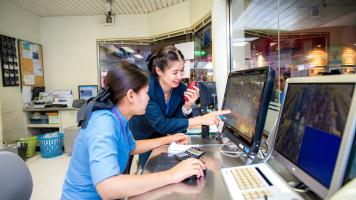
News
Job Losses in Southeast Asia Peak during Strictest COVID-19 Curbs
Young people aged 15 to 24 accounted for as much as 45% of job losses at the height of the pandemic in 2020. Women were also among the most affected.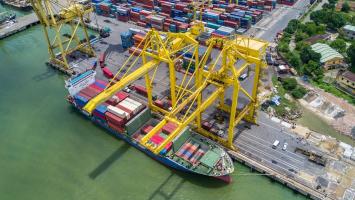
News
Regional Comprehensive Economic Partnership Takes Effect on 1 January
Uneven benefits from tariff concessions seen for member states but still advantageous overall.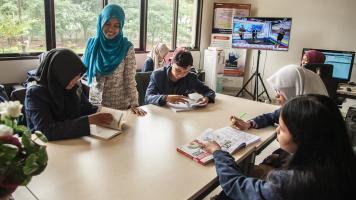
Article
How Indonesia Is Creating a New Generation of Entrepreneurs
Young entrepreneurs are powering up Southeast Asia’s largest economy as it moves toward a post-pandemic recovery.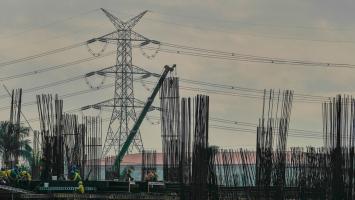
News
